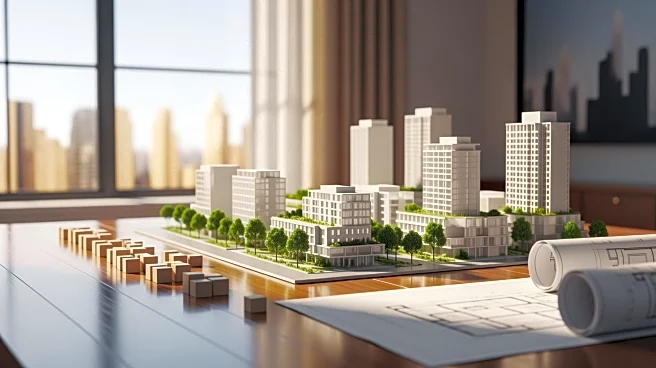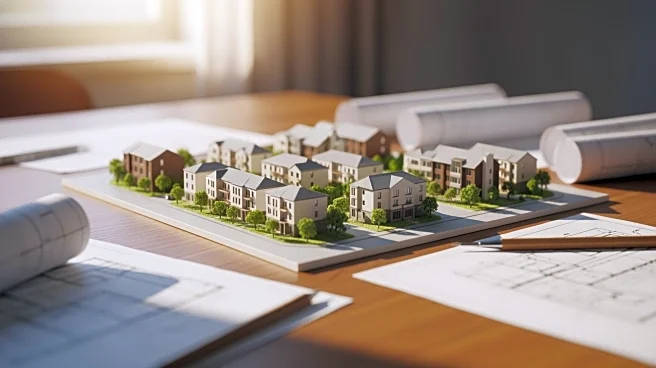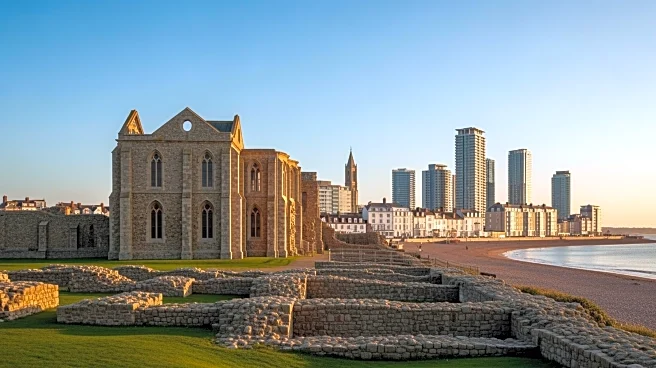What's Happening?
The Peabody Trust has initiated market engagement to find a construction partner for the final phase of its Wornington Green estate regeneration scheme in west London. This phase, located along Portobello
Road in the Royal Borough of Kensington & Chelsea, aims to deliver up to 370 homes, replacement community facilities, and a park. The entire estate spans 13.8 acres, with the remaining phase covering 3.85 acres. Peabody is seeking a partner through a 50:50 joint venture to ensure deliverability, commercial value, compliance with the Building Safety Act, and alignment with housing needs. Previous phases were handled by contractors Ardmore, United Living, and Bouygues. The third phase is expected to complete by 2033, with construction starting in 2027. The project is valued at £140 million, including VAT.
Why It's Important?
The regeneration scheme represents a significant investment in housing and community infrastructure in west London, addressing local housing needs and enhancing community facilities. The involvement of a joint venture partner is crucial for ensuring the project's success, particularly in terms of compliance with safety regulations and maximizing commercial value. The development will provide much-needed housing and community spaces, contributing to urban renewal and economic growth in the area. The project's completion will likely improve local amenities and transport links, benefiting residents and businesses alike.
What's Next?
Peabody is conducting preliminary market engagement until January 31, 2026, and will issue a detailed brief to shortlisted participants. The procurement process will follow a Competitive Flexible Procedure under the Procurement Act 2023, with the formal process expected to begin in spring 2026. The final joint venture structure will be shaped in response to market feedback during the engagement period. Construction is scheduled to start in 2027, with completion anticipated by 2033.
Beyond the Headlines
The regeneration scheme not only addresses housing shortages but also aims to create a sustainable and vibrant community environment. The inclusion of community facilities and a park highlights the project's focus on enhancing quality of life for residents. The development's alignment with the Building Safety Act underscores the importance of safety and compliance in modern construction projects. The project's success could serve as a model for future urban regeneration initiatives, emphasizing the role of collaborative partnerships in achieving large-scale development goals.













